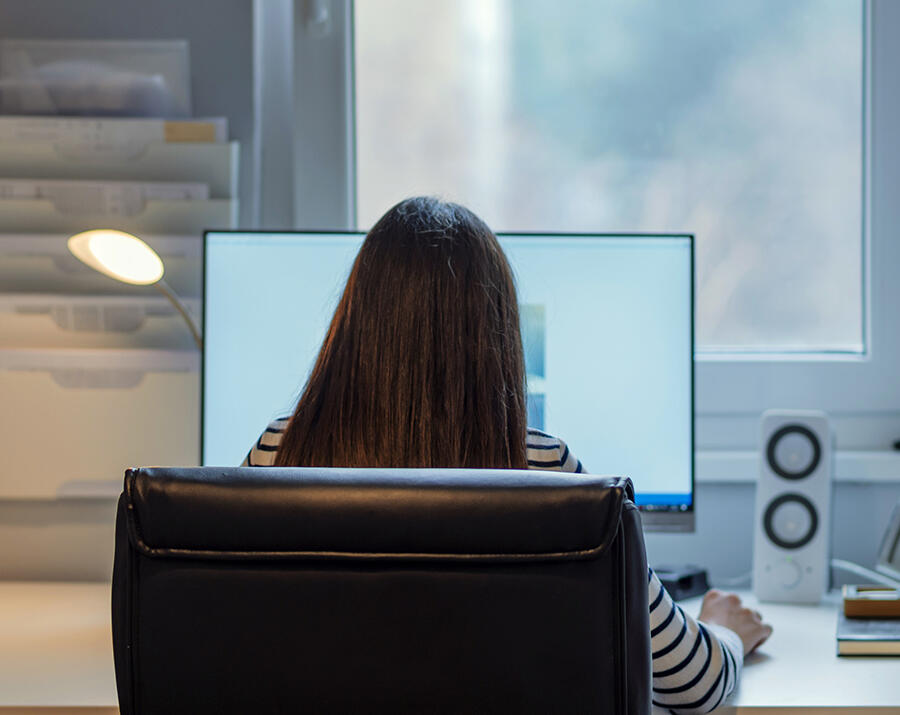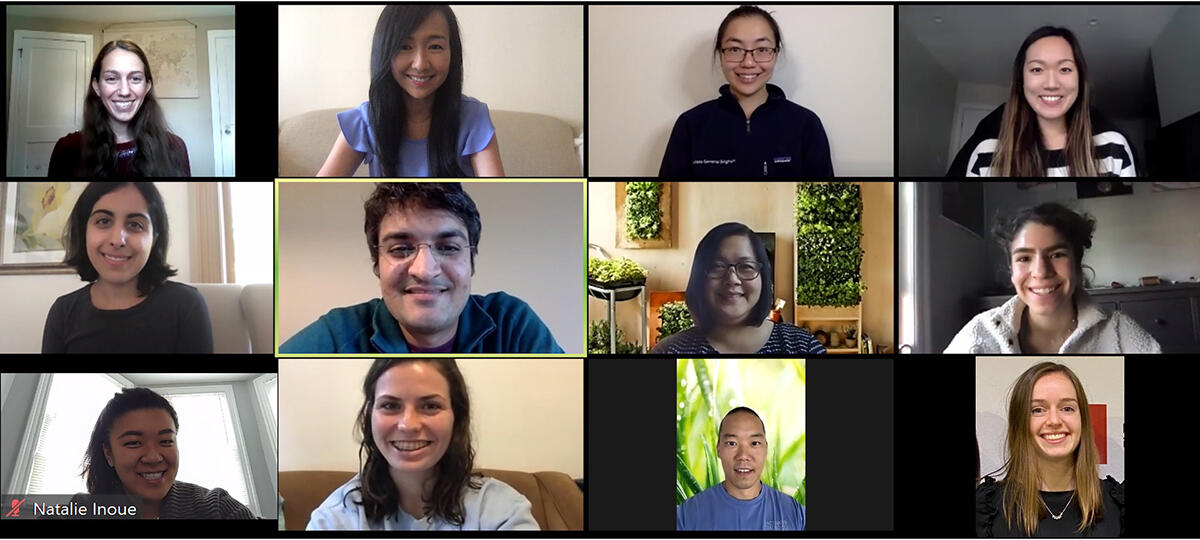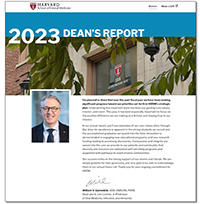
What happens when you take a hands-on, interactive dental curriculum and turn it upside down? Four new publications in the Journal of Dental Education authored by HSDM faculty and students reveal how dental education during the COVID-19 pandemic rapidly adapted to deliver aspects of the curriculum in virtual ways. The authors took a close look at what worked well, and what needed improvement, to inform how to best deliver dental education in new and uncharted territory.
“As we all know, dental education has a very interactive curriculum and invaluable aspects to faculty-student interactions that can never be replaced. However, we needed to establish effective alternative educational environments and tools,” said lead author and project leader Hiroe Ohyama, assistant professor of Restorative Dentistry and Biomaterials Sciences and director of Predoctoral Operative Dentistry.
 Ohyama immediately recognized that her students felt distant, both literally and figuratively, and realized her students needed more communication and to be included in the process of examining new learning models.
Ohyama immediately recognized that her students felt distant, both literally and figuratively, and realized her students needed more communication and to be included in the process of examining new learning models.
“We conducted several survey studies remotely, but together. We learned the importance of minimizing student fatigue and improving student engagement during remote lectures, and the advantage of faculty giving lectures with more case-based interactive activities, among other findings,” said Ohyama.
In the publication “Student perceptions of distance learning strategies during COVID-19” the authors documented the reality of “Zoom fatigue” that has led to student burnout and a perceived decrease in engagement and material retention.
“The major findings highlight the need to incorporate interactive components to online classes like case-based components, small group discussions, and ungraded quizzes, and utilizing technology to enhance the experience such as 3D models and Zoom tools like polling and breakout rooms,” said Emily Chen, DMD21, and Kristie Kaczmarek, DMD23.
“The most surprising finding was that students reported similar comfort participating during recorded and non-recorded lectures. Students emphasized that the utility of re-watching recorded lectures for clarification,” added Kaczmarek.
In the publication “Students' perceptions on dental education in the wake of the COVID-19 pandemic” students Emily Van Doren DMD22, Jennifer Lee, DMD21, and Leela Breitman, DMD21, looked at the intersection of COVID-19 with the growing role of digital and internet technologies in dental academia.
They discovered that digital and online technologies are playing an increasingly important role in predoctoral dental education but that their efficacy and application varied between class years. Their findings pointed to online educational tools being most helpful to students in the preclinical portion of their dental education.

“We believe that online educational technology is a powerful tool that can be harnessed to dramatically improve dental education in and beyond the coronavirus pandemic. We hope that our research encourages dental educators to explore applications of these new and innovative technologies in the dental classroom,” said Van Doren, Lee, and Breitman.
Tackling online learning was one challenge, testing the retention of that new knowledge is another. The OSCE (objective structured clinical examination), an assessment that measures clinical competence by physically rotating students through multiple stations, can be daunting for students even in normal conditions, but with the School closed for in-person exams, faculty had to devise a method to administer the OSCE remotely.
In the publication, “Implementing an online OSCE during the COVID-19 pandemic,” faculty authors Rahen Kakadia and Hiroe Ohyama shared the tools and techniques they used to creatively restructure the OSCE, and student Emily Chen, DMD21, provided a student perspective. Kakadia, along with supporting staff from the Office of Dental Education, used Zoom breakout rooms, and rotated students through private virtual sessions.
“We rallied the efforts of faculty and staff to use Zoom in an innovative way, and the OSCE was a success overall for both faculty and students,” said Chen. “[With this publication] we wanted to provide other educators with our process and lessons learned so that this project could contribute to the improvement of dental education for years to come.”
HSDM faculty and students continue to collaborate on additional publications that will inform the future of dental education. The collaborators thus far include: predoctoral students Ariana Aram, DMD2023, Leela Breitman, DMD21, Emily Chen, DMD2021, Emily Van Doren DMD22, Kasey Ha, DMD21, Kristie Kaczmarek, DMD23, Jennifer Lee, DMD21; resident Natalie Inoue; staff and faculty members Supattriya Chutinan, Rahen Kakadia, Austin Lee, and Hiroe Ohyama.
“I greatly appreciate all the students from Classes 2021 to 2024 who have participated in and supported this research,” Ohyama said. “I would also like thank our supportive HSDM leadership and contributing faculty and staff who continue to make distance learning successful during the pandemic.”


